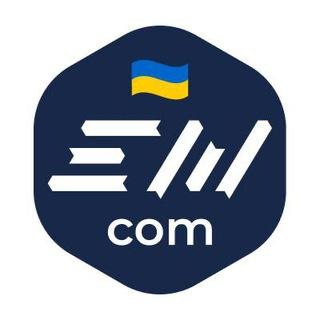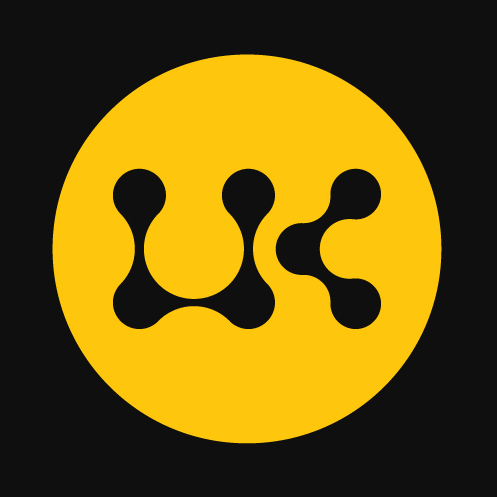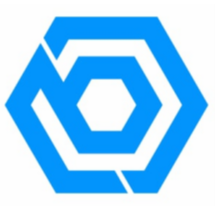关于
1. Background IntroductionNEO is a blockchain platform and cryptocurrency designed to build a scalable network of decentralized applications (dApps). Often referred to as "China's Ethereum," NEO was founded in 2014 by Da Hongfei and Erik Zhang under the name Antshares, rebranding to NEO in 2017. The platform aims to digitize assets and automate the management of digital assets using smart contracts, targeting a smart economy.2. Core Website ContentThe NEO website (neo.org) provides comprehensive information about the platform, including its vision, technology, ecosystem, and developer resources. Key sections include: Overview (introducing NEO's smart economy vision), Technology (details on consensus mechanisms, scalability, and interoperability), Ecosystem (showcasing dApps and partners), and Developers (documentation, tools, and SDKs). The site also features news, events, and a blog for updates.3. Technical FeaturesNEO boasts several technical innovations: Delegated Byzantine Fault Tolerance (dBFT) consensus mechanism for high throughput (up to 10,000 TPS), NeoVM (lightweight virtual machine for smart contracts), and interoperability via NeoFS (distributed storage) and NeoID (digital identity). It supports multiple programming languages (C#, Java, Python), lowering the barrier for developers. NEO 3.0, an upcoming upgrade, promises enhanced scalability and governance.4. TokenomicsNEO operates on a dual-token model: NEO (governance token, indivisible, used for voting) and GAS (utility token, divisible, used for transaction fees and smart contracts). GAS is generated by holding NEO, incentivizing long-term participation. The total supply is capped at 100 million NEO, with 65 million circulating. GAS has no hard cap, with a generation rate that halves every 22 years.5. Competitor ComparisonNEO competes with Ethereum (ETH), Cardano (ADA), and Polkadot (DOT). Unlike Ethereum's PoS, NEO uses dBFT for faster finality. While Ethereum dominates in dApp adoption, NEO's regulatory-friendly approach (KYC/AML compliance) appeals to enterprises. Cardano focuses on academic rigor, whereas NEO emphasizes practicality. Polkadot excels in cross-chain interoperability, but NEO's NeoFS and NeoID offer unique value in data and identity management.6. Risks and ChallengesNEO faces regulatory uncertainty, especially in China's strict crypto environment. Competition from Ethereum 2.0 and other Layer-1 solutions threatens its market position. The platform's centralized aspects (e.g., dBFT's limited nodes) may deter decentralization purists. Adoption hurdles include fewer dApps compared to Ethereum and slower global recognition outside Asia. Technical risks include delays in NEO 3.0 rollout.7. Industry FutureNEO's focus on compliance and enterprise adoption positions it well in regulated markets. Its multilingual smart contract support could attract a diverse developer base. If NEO 3.0 delivers on scalability, it may gain traction in DeFi and NFT sectors. Partnerships with governments and corporations (e.g., Microsoft China) could drive real-world use cases. However, success hinges on overcoming competition and regulatory barriers.8. SummaryNEO is a robust blockchain platform with unique features like dBFT, dual-tokenomics, and regulatory compliance. While it lags behind Ethereum in adoption, its enterprise-friendly approach and upcoming upgrades offer growth potential. Challenges include centralization concerns and fierce competition. Investors and developers should weigh its technical merits against market dynamics and regulatory risks. 更多>















































 看多
看多
 看空
看空